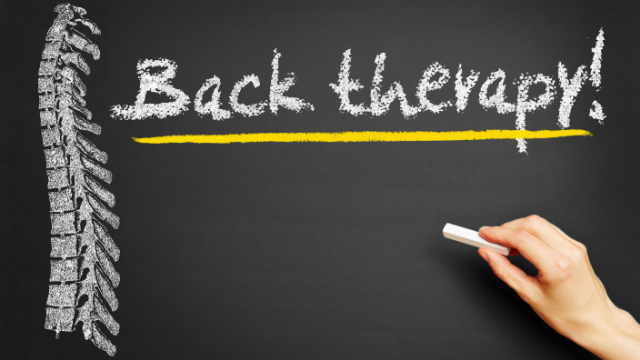Health Blog: Solutions & Wellness Tips
Guidelines recommend education, physical therapy, and exercise

Guidelines are necessary to assist doctors with treatment recommendations
Low back pain (LBP) is one of the most common of all sources of disability. More than 80% of people will experience LBP at least once in their lives, and it has become the number one reason people visit a doctor for pain that affects the muscles or bones. There are many treatments available for LBP, and it may be difficult for some doctors to determine which is the best possible approach for each patient. To help with this process, a number of guidelines have been developed, which include various recommendations that are intended to create the best possible outcomes for patients. Unfortunately, the quality of some of these guidelines is not very high, which can lead to medical professionals recommending treatments that are ineffective, expensive, or even harmful. For this reason, a team of researchers decided to conduct a study called a systematic review of all the treatment guidelines available. The goal of the review was to identify which conservative (non-surgical) treatments were found to be most effective for LBP and which should not be recommended.
13 studies are analyzed in the review
Researchers searched through 10 major medical databases for studies that included guidelines on the best treatments for LBP. They only accepted studies that targeted adults and/or children with guidelines on conservative treatments or treatment protocols for LBP. Out of 2,504 studies identified, 75 were assessed in greater detail, and 13 of these fit the necessary criteria for the review. All accepted guidelines were then analyzed in detail and compared to one another to determine which treatments are best for LBP. The quality of each study was also assessed and given a rating to indicate how reliable their guidelines were.
Education, activity, and therapy are all central to effective treatment for LBP
The results of this study identified a number of treatments that were recommended by all of the guidelines reviewed. For acute LBP (pain that has only lasted for up to six weeks), the following recommendations were found in all the guidelines: advice and/or education, returning to activities or staying active, acetaminophen (Tylenol) and a hands-on form of physical therapy called spinal manipulation. The same treatments were also recommended for chronic LBP (pain that lasts for longer than six weeks), and additional recommendations for specific back exercises were found in the guidelines as well. The researchers also reported that of the 13 guidelines reviewed, 10 were found to be of high quality. Finally, it was pointed out that a recent study challenged the effectiveness of acetaminophen for treating acute LBP, which calls this recommendation into question. Based on these findings, it appears that education and advice, staying active, physical therapy that includes spinal manipulation and performing specific back exercises are the most commonly recommended treatments for LBP based on available guidelines. The fact that most of these guidelines were of high quality also indicates that their recommendations are strongly supported and reliable. Medical professionals treating patients with LBP should, therefore, consult these guidelines and recommend treatments accordingly in order to produce the best possible results.
-As reported in the February '17 issue of the European Journal of Pain
April 19, 2018
Back to Health BlogRECENT POSTS
- Unlocking Relief From Elbow Pain With Hands-On Therapy and Exercise
- Are Deep Squats Really as Bad as We Think?
- Reclaiming Your Grip: The Power of Hands-On Therapy for Tennis Elbow
- Runners Can Overcome a Common Knee Condition With Physical Therapy
- How Physical Therapy Can Help Older Adults Stay on Their Feet
- What You Need to Know About Alcohol and Heart Health
- Exercise Therapy Provides Strong Evidence of Its Effectiveness
- Strength in Age: The Power of Resistance Training for Older Adults
- Hip Strength and Groin Pain: What Athletes Need to Know
- Shoulder Pain Slowing You Down? A Physical Therapist Can Help
